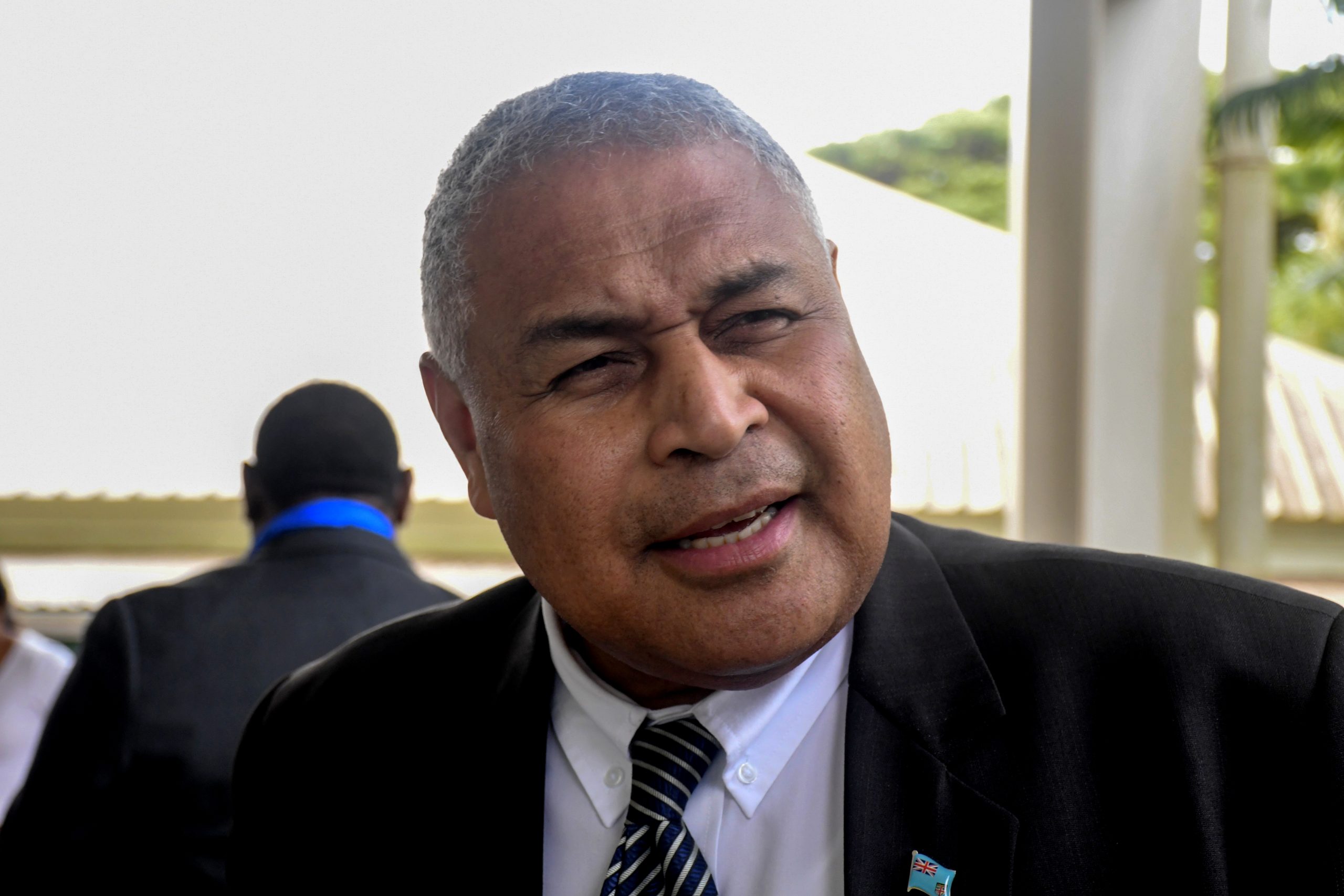FIJI is making efforts to fight human trafficking, but it still does not fully meet the minimum standards to eliminate the crime.
Speaking during the national commemoration of World Day Against Trafficking in Persons, newly-appointed permanent secretary for Immigration, Aliki Salusalu, acknowledged Fiji’s Tier 2 ranking in the US Trafficking in Persons (TIP) report.
The ranking indicates that while the Government is making significant efforts, they remain inadequate to fully meet international expectations.
“The Government has ratified the UN TIP Protocol and enacted counter-trafficking laws under the Crimes Decree 2009, but let us be truthful, our current efforts, while well-intentioned, remain fragmented and reactive,” Mr Salusalu said.
“We must speak plainly: Human trafficking is not a collection of isolated events.
“It is a sophisticated, transnational, and highly profitable organised criminal network. These criminal enterprises function with alarming precision-mirroring legitimate businesses through supply chains, distribution systems and financial networks.”
He noted that trafficking syndicates generated more than $US150billion ($F338.5b) annually and rely heavily on corruption, digital tools and regulation loopholes to operate.
“Behind every statistic are real lives — women, men and children stripped of freedom, hope and dignity.”
He added that more than 50 million people worldwide are currently trapped in modern slavery.
Mr Salusalu said that while Fiji was not immune, whether as a source, transit, or destination country, responses to trafficking must go deeper, including financial disruption and stronger anti-corruption measures.
“We are not doing enough to undermine their core motivator — profit.
“Following the money, dismantling financial flows and freezing criminal assets are areas that remain under-prioritised.”
He also pointed to the need to address the demand for cheap, exploitable labour and services, which continue to fuel the trafficking economy.
“Without addressing the demand, we cannot cut off the supply line.”



